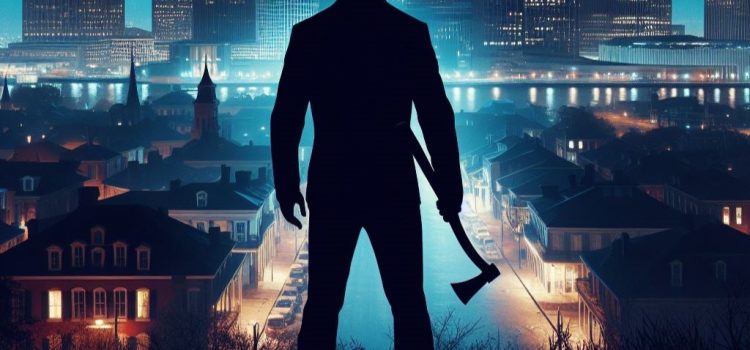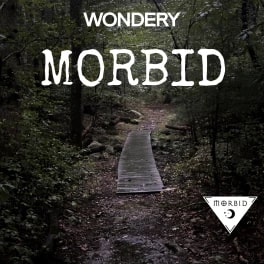

This article is an excerpt from the Shortform guide to "Morbid: A True Crime Podcast". Shortform has the world's best summaries and analyses of books, podcasts, and more.
Like this article? Sign up for a free trial here.
What do we know about the Axeman, New Orleans’ most famous serial killer? Why was he associated with jazz?
The Axeman, New Orleans’ notorious serial killer of 1918-1919, targeted primarily Italian women. We know that he would use the victims’ own axes to commit his murders, and that he wrote a public letter declaring that those who played jazz out of their homes would be safe.
Read more about the true story of this vicious killer, based on an episode of Morbid: A True Crime Podcast.
About the Axeman’s Reign of Terror
In the early 20th century, New Orleans was a vibrant city with a rich cultural atmosphere, but it was also grappling with the aftermath of World War I and the devastating Spanish flu pandemic. In this historical context, the Axeman, New Orleans most famous serial killer, emerged as an enigmatic figure.
Operating from May 1918 to October 1919, the Axeman was an unidentified serial killer who targeted Italian immigrants and Italian-Americans in brutal attacks using axes or straight razors. His modus operandi involved removing a panel on the back door of his victims’ homes before launching deadly assaults. Despite not stealing anything from the residences, leading to speculation about robbery not being his motive, media outlets sensationalized the crimes and suggested Mafia involvement without evidence. The Axeman chillingly used his victims’ own axes and left chiseled doors behind at the crime scenes, adding to the mystery.
Some criminologists theorized that the killings may have been sexually motivated, as the Axeman primarily targeted female victims and occasionally killed male household members who obstructed him. Faced with fear and hysteria, the New Orleans community responded with creative measures, such as embracing jazz music as a unifying force. An open letter attributed to the Axeman claimed that homes playing jazz music would be spared on a particular night, leading residents to engage in this protective measure.
The chapter in New Orleans’ history reflects issues of ethnic discrimination in crime and demonstrates how fear can impact a community while prompting innovative responses to threats. The integration of jazz music as a protective measure underscores the power of music in fostering unity during challenging times. Uncovering the historical context and potential motivations behind the crimes remains an ongoing area of research, shedding light on the elusive identity and motives of the Axeman of New Orleans.
One particularly tragic case involved the Cortimiglia family, where young Mary was murdered, leading to false accusations against neighbors out of jealousy by Rose Cortimiglia, who later recanted. Speculation about a circus connection due to related items found at a crime scene added a new investigative angle.
A person of interest, Joseph Mumphrey, was killed by Mike Pepitone’s widow, coinciding with the end of the Axeman’s activities. Frank Doc Mumfrey emerged as another potential suspect pursued by the police.
A Community Gripped by Fear and Hysteria
The Axeman’s killing spree in New Orleans, which occurred during the Spanish flu pandemic, heightened fear within the already overwhelmed community. The citizens organized manhunts after each attack, but the perpetrator managed to evade capture by jumping over a fence, illustrating the challenges faced by both the public and law enforcement.
Residents maintained a state of vigilance, arming themselves in anticipation of potential assaults as rumors surrounding the Axeman continued to spread, increasing anxiety among the populace. The killer’s identity remains a mystery to this day, contributing to the intrigue surrounding these historic crimes.
Speculation and mystery shroud the Axeman’s activities, with some suggesting a possible connection to the circus based on circus tent-related items found at a crime scene. Furthermore, rumors of mafia involvement were fueled by references to Mike Pepitone’s violent history. Individuals like Joseph Mumphrey and Frank Doc Mumfrey have been named as persons of interest in relation to the unsolved crimes.

———End of Preview———
Like what you just read? Read the rest of the world's best guides to Morbid: A True Crime Podcast" at Shortform.
Here's what you'll find in our full Morbid: A True Crime Podcast episode summaries:
- Analysis of well-known criminal incidents from the recent past
- Well-researched narratives delivered with empathy for the victims
- Potentially disturbing stories made entertaining with dark humor






